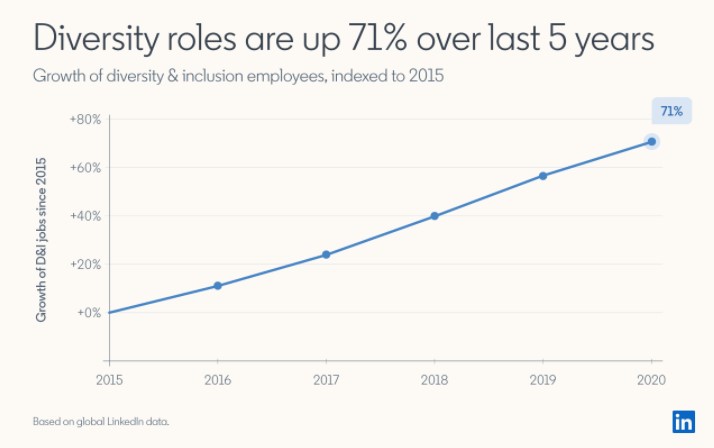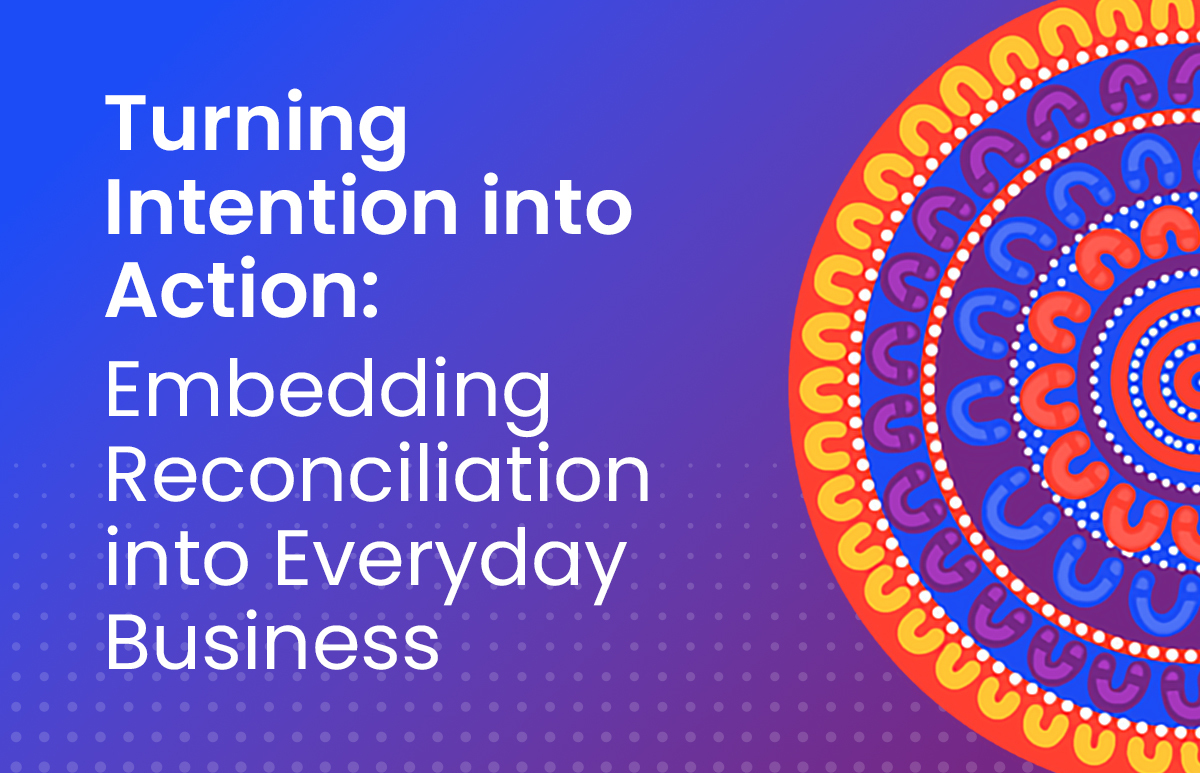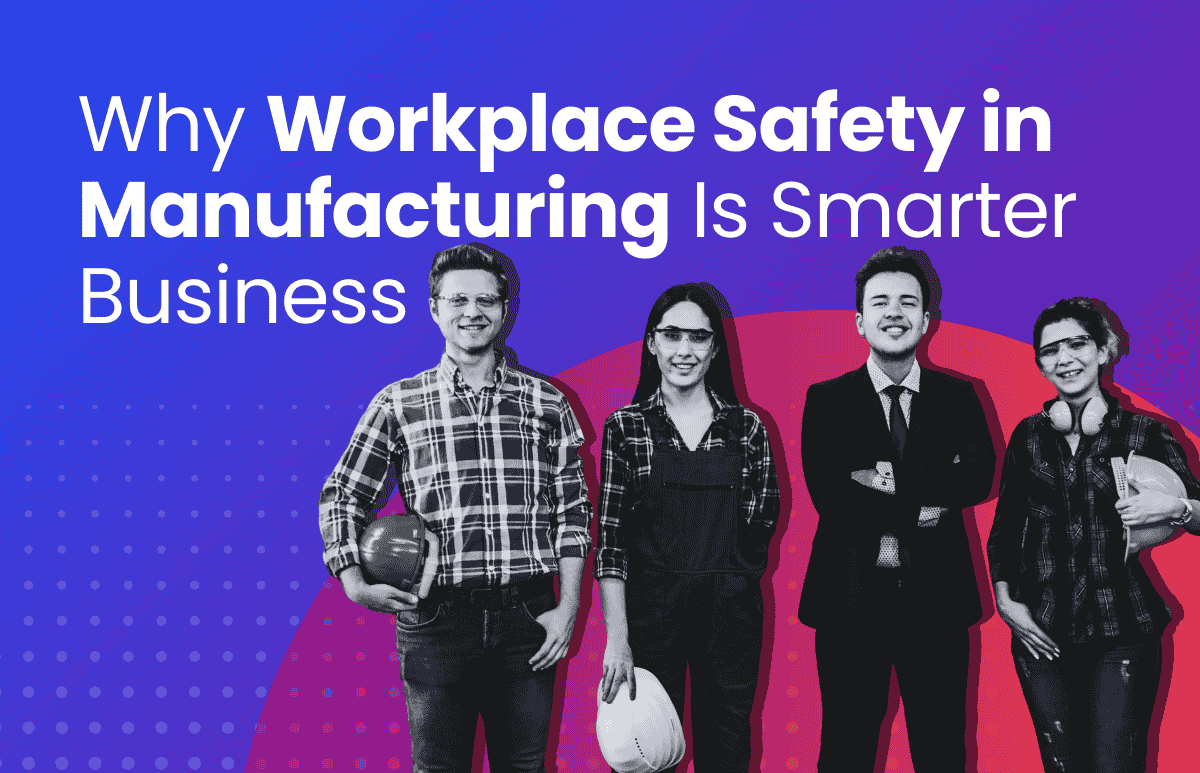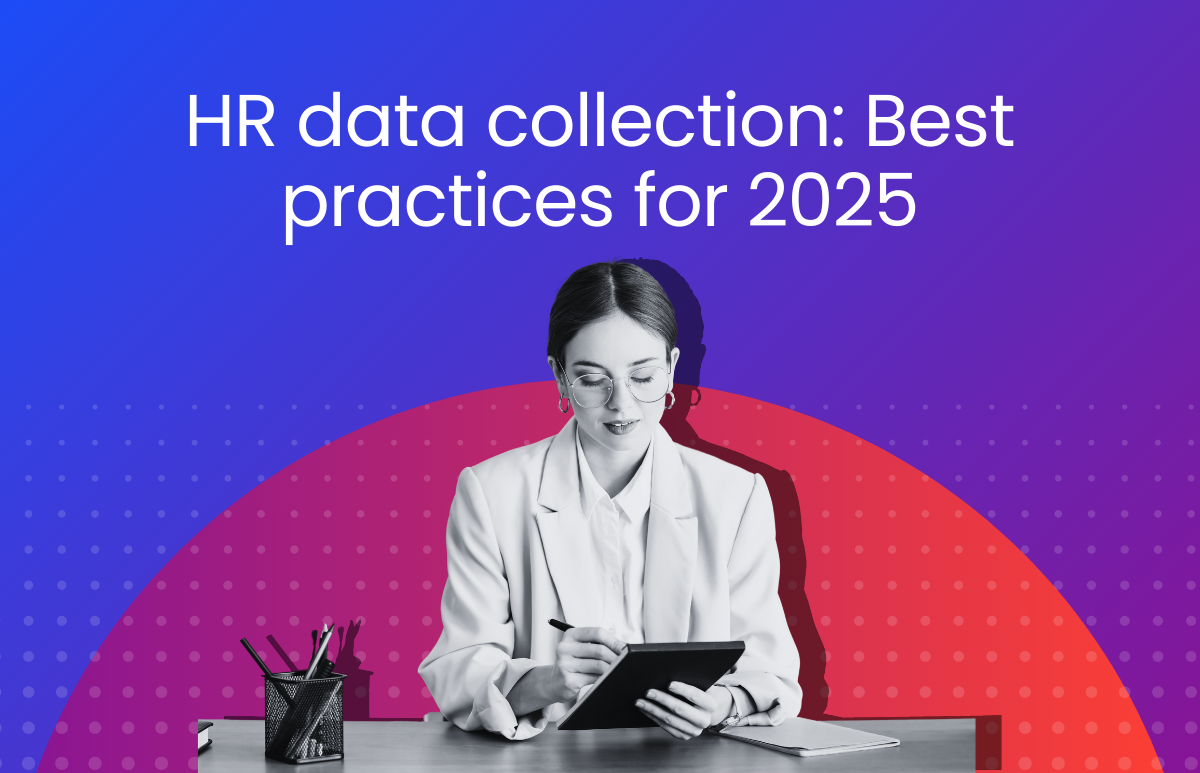The Age of the Chief Diversity Officer

You may have heard HR experts heralding the age of the Chief Wellbeing Officer, but there is another critical executive position that is gaining some momentum: The Chief Diversity Officer.
The purpose of a Chief Diversity Officer is to ensure there is diversity, inclusion and fairness within key business functions such as recruitment, remuneration, succession management, senior leadership, as well as individual and team interactions and behaviour. A workforce that is diverse and inclusive encompasses a wide variety of demographics and characteristics. There are nine dimensions of diversity: age, gender, religion, sexual orientation, race, ethnicity, class, disability and nationality.
LinkedIn recognises diversity roles as being the “the job of the moment”.[1] According to global research, there has been a 71% increase in all D&I roles over the last five years. See the graph below.

The data also shows that out of the countries with the most diversity roles, Australia ranks second after the UK.1
Zoom Video Communications is one global company that has recently hired a Chief Diversity Officer, and Facebook has announced that its existing CDO will now report into the Chief Operating Officer, Sheryl Sandberg. With tech giants actively shining a light on diversity within the workplace, it’s predicted more and more companies will follow suit.
Diversity & Inclusion can affect a business’ bottom line, so what can businesses do to strengthen their D&I strategy? And what impact has COVID-19 had on D&I?
D&I – whose problem is it, and how does my organisation build a D&I strategy?
There is a critical business case for building a fair and inclusive workplace. “Diversity is an important business strategy,” says author and HR guru Josh Bersin. “Companies with diverse boards outperform their peers; diverse teams are more innovative and creative; and diverse companies attract more diverse job candidates and customers.”[2] Ultimately, the more diverse, inclusive and equitable a workplace is, the more engaged the workforce will be, and the better positioned the organisation will be financially. On the other hand, when employees feel excluded for being “different” and therefore do not “belong”, they will be less engaged, less productive and will underperform. Hence, staff retention will be an issue and damage to the employer brand will occur.
There’s a common misconception that the responsibly of D&I within a workplace lies solely with HR. It is true that HR are in the position to ensure that candidate pipelines are diverse, that bias is tackled through education around language and microaggressions, and that equality runs in remuneration and succession management. However, it must be tackled, first, from top to bottom, starting with the CEO. Without acknowledgement, active participation from and access to dialogue within the leadership team, HR cannot build successful HR programs to tackle issues within critical business functions.
D&I in Australia and New Zealand: the figures
Often, when the subject of D&I comes up in the workplace, it’s about gender. While the underrepresentation of women is an important and ongoing issue, there is more to D&I that must be pulled into focus.
Recruiting experts Hays released an ANZ Diversity & Inclusion Report in 2019. While it does reveal some encouraging signs of progress in relation to diversity, it also highlights areas where improvement is needed.
According to the report, a lack of diversity is prevalent in leadership. There is a severe under-representation of demographics and characteristics amongst Australia and New Zealand’s CEOs – a large majority (77%) of CEOs are male and only 3% are Black, Asian and minority ethnic (BAME)[3] See the full results in the graph below.

It’s clear from the Hays report that the underlying culture of many workplaces needs to be addressed. Respondents revealed some troubling insights:[2]
- Less than half (46%) of respondents surveyed said they trust their leaders (senior manager level and above) to deliver change on the diversity and inclusion agenda
- 38% of respondents believed their employer takes every opportunity to create a workplace culture which is more diverse and inclusive
- 17% of respondents believe their organisation always promotes diversity and inclusion in staff communications
The report also found that 45% of respondents have experienced bullying or harassment at work due to their gender, age, ethnicity, sexual orientation or disability.[2]
Organisations can identify patterns of bias and discrimination within recruitment, remuneration and promotion processes using data and analytics. For example, remuneration technology like ELMO Remuneration makes it easy for HR to pull reports for auditors, which is especially beneficial when it comes to reporting gender equity to the Women Gender Equality Agency (WGEA) (as all Australian businesses with 100+ employees are required to do).
Read ELMO’s “cheat sheet” on remuneration analytics by downloading our eBook.
D&I and COVID-19 – and looking ahead
It has been predicted that diversity will be a major consideration for Australia and New Zealand when it comes to rebuilding the respective economies post-COVID-19. The pandemic caused a mass exodus of migrant workers from both countries, but fortunately they have “superdiverse” societies that organisations have an opportunity to harness.
What’s troubling though is that in times of crisis, there are some strategic priorities that fall off the agenda as businesses enter “survival mode” and focus on fulfilling basic needs. D&I initiatives are a prime example of what can be cut. McKinsey Global cited a pulse survey that found 27% of D&I leaders report that their organisation has put most D&I initiatives on hold during this pandemic.[4] This is a mistake.
It is now is more important than ever for organisations and individuals to practice inclusivity – especially in leadership. As Deloitte puts it, “[This is a period of] heightened uncertainty, a perceived lack of control and the spread of misinformation [which increases] risks of bias, xenophobia and racism.”[5]
It must also be remembered that many people are still isolated, and organisations are operating remotely (or at least partially remotely). As such, it is critical that business leaders continue to strengthen diversity and foster inclusion and belonging within their organisation. Leadership can address this by showing commitment to building an inclusive culture – one that uses data insights to build communication strategies, re-aligns business processes to remove bias, creates programs to educate and amplify messaging, and offers support to those who feel they do not “belong.”
As Josh Bersin says, “Diversity is a strategy; inclusion is a goal; belonging is a feeling. And a feeling of belonging is the most important goal of all.”[6] It is the responsibility of every organisation, leader and individual to consciously take steps to maintain momentum towards an equitable world. And with a Chief Diversity Officer paving the way forward, an organisation can reap the rewards.
ELMO Software is committed to fostering diversity and inclusion within the workplace. In the latest episode of PeoplePod, an ELMO podcast, we talk to Henry Smith, CEO and Co-founder of Taste Creative, who talks passionately about promoting diversity and inclusion in the workforce and in broader society. In his 14 years working within the creative industries, he has been devoted to raising awareness on social issues and giving people with disabilities and other marginalised community members the opportunity to learn about and participate in the arts.
[1] “Why the Head of Diversity is the job of the moment”, LinkedIn, September 2020
[2] “Chief Diversity Officer: The toughest job in business”, Josh Bersin, July 2020
[3] Diversifying Diversity. Hays ANZ Diversity & Inclusion Report 2018/19
[4] Diversity still matters. McKinsey Quarterly, May 2020
[5] Addressing the impact of COVID-19: Practicing inclusive leadership in times of crisis, Deloitte, 2020
[6] “Why Belonging Is Such A Big Issue In Business Today”, Josh Bersin, September 2020
 HR Core
HR Core 









